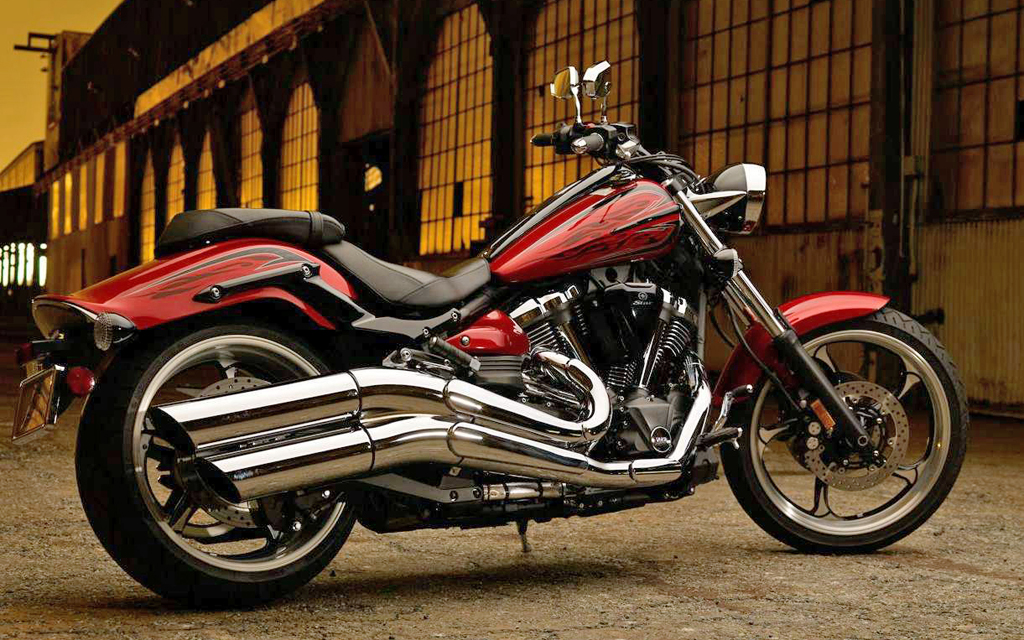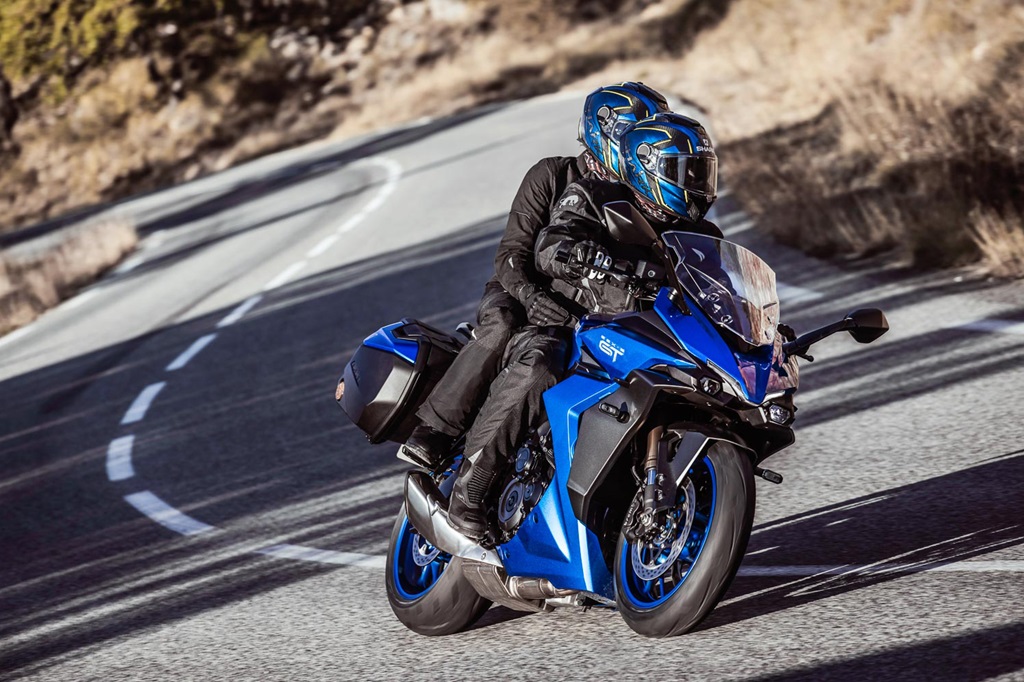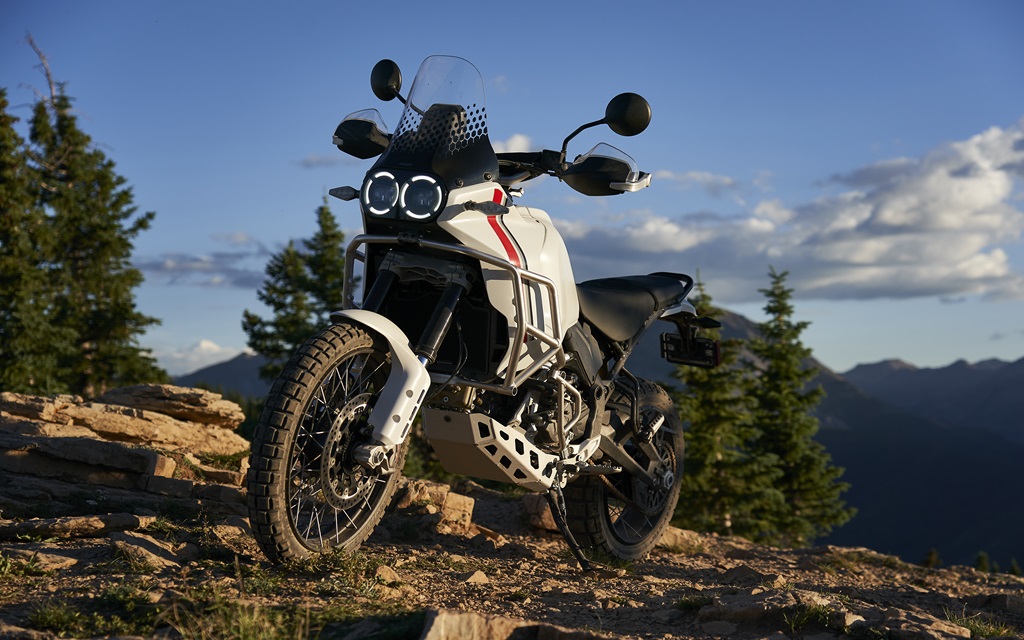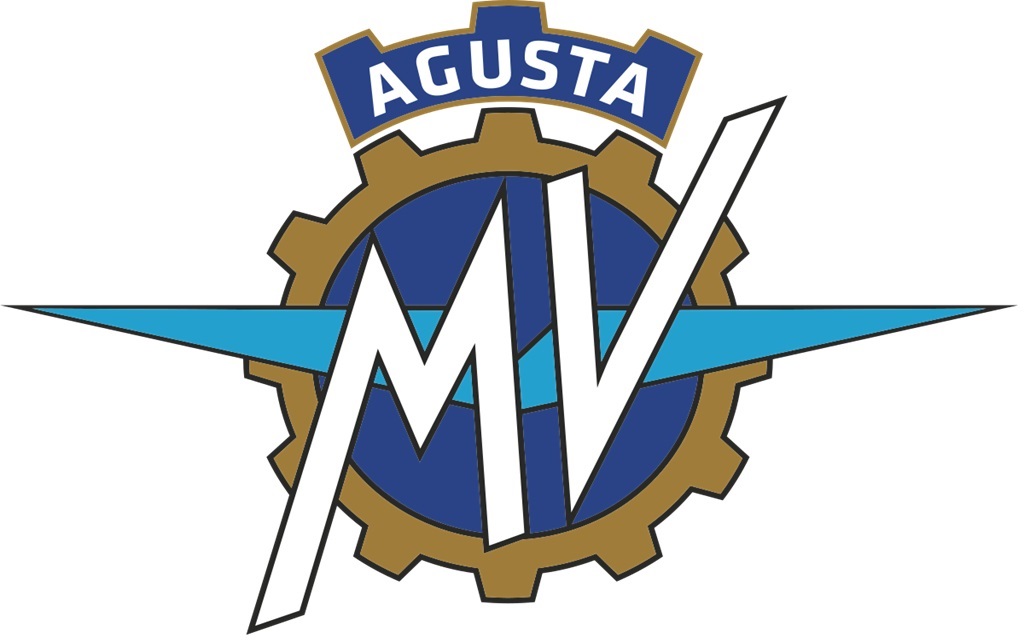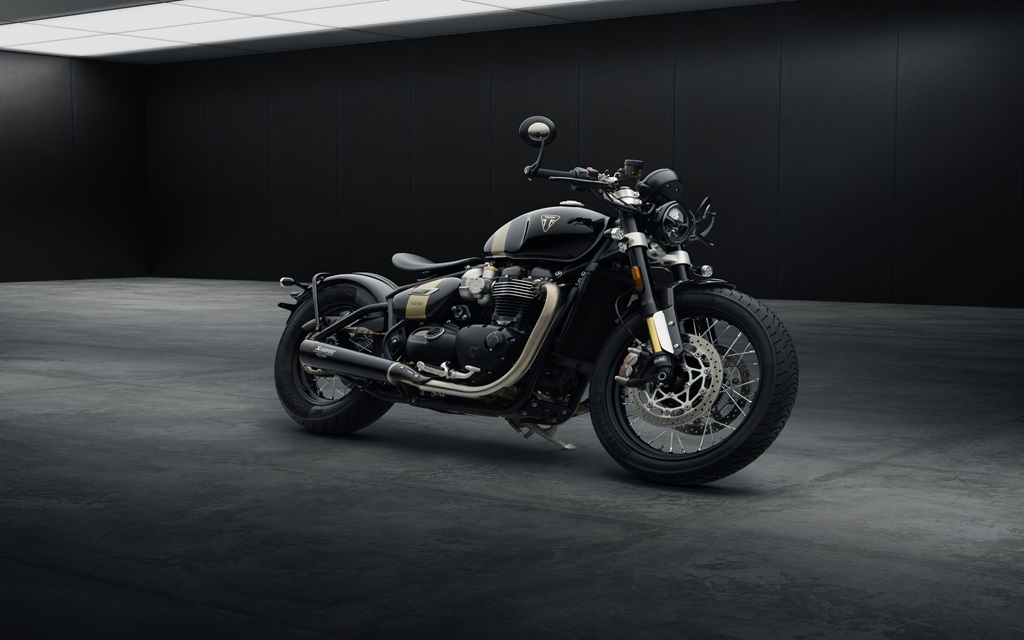As we mentioned in our very first column, the powertrain occupies a privileged place in our perception and fascination with motorcycles. Truth be told, however, the nature of our relationship and interaction with our motorcycles on a daily basis is much more determined by another key element, the chassis. Indeed, the vast majority of a motorcycle’s characteristics, whether it be handling, comfort or braking behaviour, for example, are the product of the choices made by engineers when designing the chassis. One can even justly state that the importance of the chassis is such that the priorities of the chassis designer often set the guidelines for the powertrain team.
When the real work of designing a motorcycle begins, engineers have to choose certain critical parameters, which determine the behaviour, and of course the aesthetics, of the final product. It’s obvious that the computerization of the exercise has revolutionized the time required to complete the job, but the essential variables remain the same:
Rake
A term that applies to the front end, it is the angle created between the axis of the steering stem and the ground. Seen from the side, it is the angle of inclination of the forks. Rake (also known as caster angle) is crucial in determining straightline stability as well as how quickly the bike responds to steering input. The more vertical the steering stem is (or perpendicular to the ground), the faster the bike will respond to input from the handlebars and the less stable it will be in a straight line (it will have less tendency to self-correct).
Fork offset
This refers to the distance that exists between the steering stem and the fork posts. More specifically, we are talking about the distance between the centerline of the steering stem and a line drawn from the centre point of the fork posts. This can be easily visualised and measured on the upper fork clamp.
Trail
This term relates to the distance between an imaginary line passing through the centre of the steering stem (and extended to the ground) and the tire’s contact patch with the ground. In general terms, its effect is similar to that of the rake on the behaviour of the motorcycle, that is to say, it affects straight- line stability and the speed and degree of response to handlebar input. Trail is a function of fork offset and rake (as well as wheel diameter). Usually, increasing the fork’s offset reduces trail (and therefore stability), making steering more responsive and vice versa.
Wheelbase
This refers to the distance between the two wheels (measured at the centre of the two axles). Generally, the longer the wheelbase, the more stable the motorcycle is and the slower it will respond to a change in steering input, and vice versa.
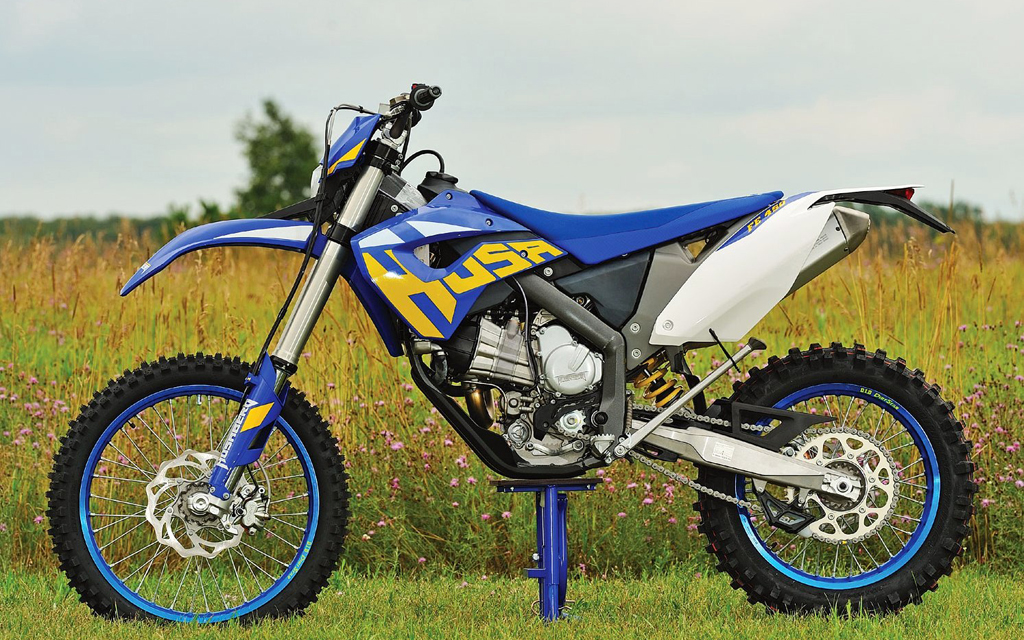
It would be simplistic to say that these are the only elements that influence the behaviour of a motorcycle. In fact, the opposite is true. Other factors including the location of the centre of gravity, rider position, suspension geometry and travel, wheel diameter and width, as well as frame and component stiffness also play important roles. What you experience when riding your motorcycle is the product of the interaction of all of these factors.
Main picture: While the aesthetic appeal of an elongated front can be desirable in some ways, its detrimental effect on handling is much less so. To counteract the unwanted aspects of the sought-after raked-out fork angle, Yamaha/Star used triple clamps with a 6-degree offset angle (meaning the steering stem angle was 33 degrees while the forks were set at 39 degrees) on its now-discontinued Raider. The end result of the exercise was a chopper-esque look while maintaining a reasonable 102 mm of trail for reasonably responsive handling. Talk about having your cake and eating it!
